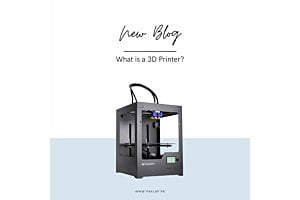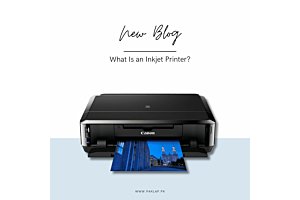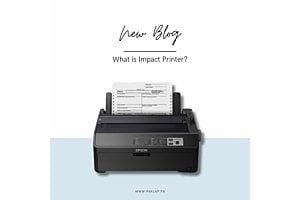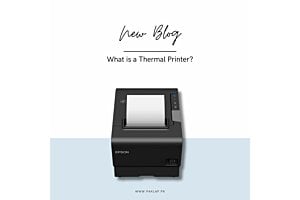What is a Non-Impact Printer?
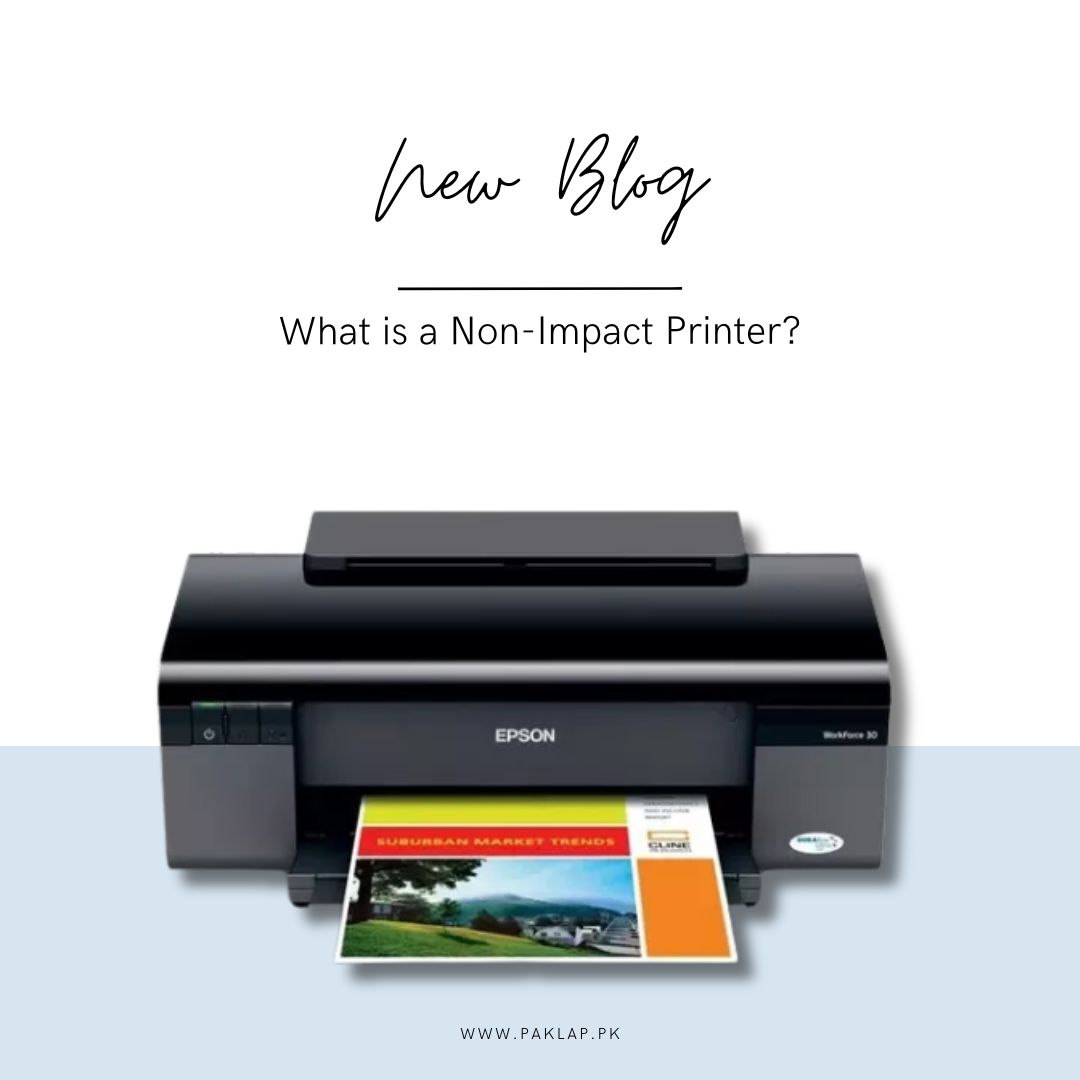
Are you considering buying a non-impact printer? It may be a good choice for various reasons. Here, we will learn all about this type of printer so that you can make an informed decision about buying them or not.
So, for starters, these are called non-impact because they tend to make the prints without having the need to hit the paper - as in, there is no physical impact that needs to be made in order to get the print. This process takes place by using different technologies like ink, heat, or even electricity.
As compared to these, the impact ones are known to be slower and also make prints that are of a lower quality.
The non-impact machines are usually more expensive compared to the others but they also make less noise as compared to the other ones.
Compared to non-impact printers, the impact ones are slower and make lower-quality prints. However, the impact ones can print around 24 pages per minute without making much noise and usually cost more.
Three kinds of non-impact printers
Laser Printer:
These machines tend to rely on advanced technology in order to produce crisp images and text without having any physical contact.
An electrostatic image is created on the rotating drum with the help of laser LEDs. The created picture is used as a template for the process of toner distribution (the toner is a fine powder that tends to stick on the charged areas of the surface of the drum). When a sheet passes through this, toner gets transferred to it and then forms the desired prints. To make sure that the toner stays where it is, heat is applied to it, which helps in melting up the particles and binding them to the sheet in a secure manner.
However, the heat generated during operation can also affect the lifespan of the gadget and even cause damage to the sheet if not properly managed. Therefore, it's important to maintain a balance between achieving optimal print quality and preserving the printer's components.
Despite these challenges, laser printers remain a popular choice for various things due to their ability to produce sharp, professional-looking documents efficiently.
Inkjet Printer:
They use special ink to make colorful and detailed prints and they are excellent for printing both text and pictures.
These are quite a popular choice that is used to satiate these needs, especially in small offices and homes. These use liquid ink that helps create prints, this is done by delicately spraying fine droplets of ink onto a sheet through tiny nozzles.
For this process, many different elements need to work with each other. For starters, the ink cartridges act as the reservoirs of liquid ink that are necessary for printing. There are tiny nozzles on the print heads that help play an important role in spraying ink onto the sheet. As the print head moves horizontally across the paper, it releases droplets of ink in a pattern that is meticulously controlled and helps in forming the desired image or text with accuracy and clarity.
One of the advantages of inkjet printers is that they are versatile as well as cost-effective.
Due to these perks, these gadgets have become a staple in homes and small offices alike, catering to a wide range of printing needs with efficiency and precision.
Thermal Printer:
For this, a heated printhead is used to be pressed against a medium that gives out images and text in black. Depending on the specific model, the heated printhead works in different ways: it either triggers a reaction in special thermal paper, which helps it to darken, or it transfers ink from a ribbon onto the surface and binds it there. These printers are widely utilized in creating labels, receipts, barcodes, ID badges, and various other items needed in countless industries.
Two Types of Methods: Transfer and Direct Printing.
Direct Thermal Printing
This doesn't require any ribbons, ink, or toner. Instead, the printhead directly applies pressure and heat onto heat-sensitive thermal paper. When heated, this paper reacts by darkening, resulting in the creation of text or images.
Maintenance costs for direct ones are typically lower than other printer types because they don't require ink or toner. However, there's a downside: printed items may fade over time due to the sensitivity of thermal paper to heat and light. You might notice your old receipts fading gradually because they're printed on this paper. Additionally, direct ones can only produce prints in one color at a time, as the color is determined by the paper itself.
Thermal Transfer Printing
In this, instead of printing directly onto the material like with direct thermal printing, the printer's printhead nudges a ribbon that is coated with wax-based ink onto the material's surface. When the wax begins to melt, it ends up showing the ink, which then adheres to the material and dries there.
In this method, you will notice that the printer is not printing directly on the material as it does with the other method. Instead, it uses wax-based ink that is covering a ribbon. When the printer gets warm, the melting of the wax begins which shows the ink that sticks to the material and dries.
The perks of this type as compared to the other one are that impressions mostly do not fade with time, and you can also print in different colors at once (if your printer has multiple ribbons). However, the ribbons need to be replaced, which is going to have long-term maintenance costs. Due to the constantly moving parts, these printers may also undergo operational issues.
This is a type of device that uses a heated printhead to get black text or images on a medium. It operates by either activating chemically treated thermal paper or transferring solid ink from a ribbon and bonding it to the medium, depending on the specific type of thermal printer being used. These printers find widespread applications across various industries, including label production, receipt printing, barcode creation, and ID badge manufacturing.
